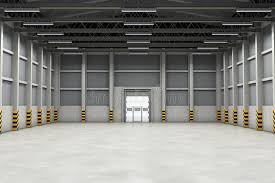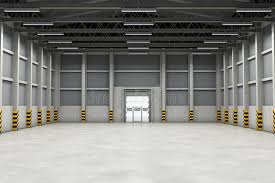Author: Allen Buchanan This post originally appeared on Location Advice and is republished with permission. Find out how to blog with us on theBrokerList.
 |
| Image Attribution: www.dreamstime.com |
As an owner of commercial real estate, you fall into one of two categories. You either are entirely divorced from the occupant – read – you have no ownership in the resident company or you do. We refer to the latter as an owner occupant and the former as an arm’s length investor.
If we then dissect the genres of arm’s length investors – those who rely upon a tenant to pay rent – myriad classes unfold.
The folks next door might own a small strip center housing a nail salon, fast food joint, and an animal hospital. We’d call them a “mom and pop”.
As their holdings grow over time and more properties are acquired – so does their class. Now, they fall into the heading of private investor.
With private investors, generally, used as seed capital, is money made from other sources – a business, inherited wealth, or savings. Thus, a private investor uses its own money to buy buildings. Sure, a bank loan might assist – but the down payment is from their personal account.
Now, contrast the use of “your own money” to “other people’s money” and a capital market investor is identified. Capital market investors rely upon Wall Street dollars (Real Estate Investment Trusts – REITs), pension funds (California Teachers, CalPERS, State of Washington), or in some cases insurance company premiums (Principal, John Hancock, Aetna) to complete buys.
Ok, with that preamble – down to a trend we’ve seen since the beginning of 2020. Investors – all types – are buying empty buildings! Remember. Relied upon is rent. They’re not occupying a location with their business. So, with no rent – because there is no tenant – why is this happening? Indulge me as I proffer a few opinions.
Origination costs. Every leased parcel acquired the resident – at a price. Included were time on market, rent concessions, improvements, and professional fees. Resulting from the expenditures was an income stream. Currently – because available buildings are in short supply for those who need them to operate – all four categories of costs have been compressed. It’s quite common to commence construction on a new project and have the entire square footage leased prior to completion. Time on market evaporates! With more groups looking for space and fewer places to consider – concessions and offered improvements are slimmed. Consequently, it’s fairly easy, these days, to compute the cost of new occupancy. Plus, captured is the current market rent vs waiting on a below market rent to catch up.
Lack of quality. A brand new – even though it’s vacant – building comes equipped with all the goodies – tall warehouse ceilings, ample truck loading, and a pristine condition. Those operations targeted benefit operationally with more efficiency. More appeal to potential tenants is realized.
Musical chairs. Akin to seven players and six chairs – competition for fully leased assets is fierce. It’s quite common for a new offering to generate multiple interested parties. Therefore prices get bid up and returns suffer. Faced with the need to deploy dollars into real estate – vacant buildings have now gained favor.
Cost and time to produce. We concluded several meetings this week with some of the largest developers of real estate in SoCal – Birtcher, Hillwood, REDA, IDIL, and Blackcreek. They build ‘em, then lease or sell the finished buildings to occupants or investors. You see, a buyer we represent was in town from the East Coast. We are trying quite diligently to find a building for our client to purchase. Good luck! We heard over and over – land prices, government overreach, environmental impact studies, increasing construction costs ALL are pinching the supply of new inventory. Therefore, if an investor can avoid the hassle of construction and simply buy existing – even vacant – it makes good sense to do so.
Allen C. Buchanan, SIOR, is a principal with Lee & Associates Commercial Real Estate Services in Orange. He can be reached at [email protected] or 714.564.7104. His website is allencbuchanan.blogspot.com.



